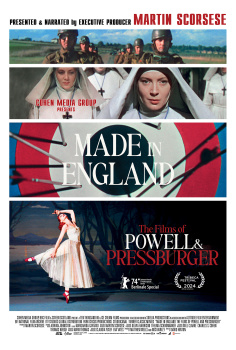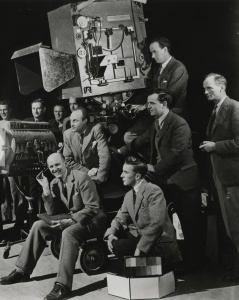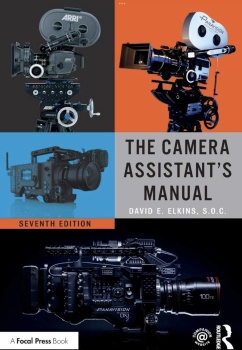 A question that often arises is why some Kodak films have ISO ratings while others have EI (Exposure Index ratings), or some may have neither. Kodak generally determines the speed ratings for films using ISO speed rating methods. However, ISO speed ratings are determined under one set of very specific conditions. Sometimes those conditions, while highly standardized, do not correlate as closely as desired to real world conditions. This can be due to a number of circumstances including, but not limited to: The specified process conditions for determining ISO speed are defined for repeatability and standardization, but may not be representative of the process conditions commonly used in the trade. This is especially true of black-and-white films because of the diversity of developers available.
A question that often arises is why some Kodak films have ISO ratings while others have EI (Exposure Index ratings), or some may have neither. Kodak generally determines the speed ratings for films using ISO speed rating methods. However, ISO speed ratings are determined under one set of very specific conditions. Sometimes those conditions, while highly standardized, do not correlate as closely as desired to real world conditions. This can be due to a number of circumstances including, but not limited to: The specified process conditions for determining ISO speed are defined for repeatability and standardization, but may not be representative of the process conditions commonly used in the trade. This is especially true of black-and-white films because of the diversity of developers available.Standard film speed determination is usually based upon a set of specifically defined criteria. Those criteria may not always be consistent with optimum quality or best practices for a given photographic system or common application. There are several circumstances where this may apply: Some color negative films with soft tones may meet the defined criteria of beginning to record detail at a given ISO rating.
However, because of the lower contrast associated with the soft tone, many customers may prefer a lower speed rating to move exposures up off the tone. An example of this is that many photographers choose to expose KODAK VERICOLOR III Professional Film, Type S, at an EI of 125 rather than the ISO rating of 160. With some consumer color negative films, the speed rating is adjusted to maximize picture yield.
Many films for consumer use have extensive overexposure latitude and more limited underexposure latitude. Some applications, such as with KODAK One-Time-Use Cameras may make use of EI to bias exposures in the overexposure direction to give more protection from underexposure and enable capturing a wider variety of scenes. With color reversal films, the situation is more complex. Because the exposure latitude for these films is relatively narrow, exposure factors such as scene content, lighting, accuracy of shutters, and apertures, etc., make testing under specific conditions of use desirable to establish an Exposure Index that provides the most accurate exposures under those conditions.
Also, scene content and personal preference may result in adjustment of the EI. A photographer may prefer the density and color saturation produced with slight underexposure. Conversely, there may be a preference for slight overexposure to produce the brightest and cleanest highlights in a scene. Kodak color reversal films may have either an ISO rating or an EI rating. Usually the latter is used where an adjusted speed better reflects the prevailing use of the product. With black-and-white films there is a wide range of possible film and developer combinations. The choice of developers can be a significant factor in what film rating should be used. Accordingly, an EI is used to reflect the speed obtained with that developer. As with other film types, EIs are used for push processing.
Sometimes photographers may change speed ratings for part of a roll due to changing working conditions. Under such practices, the film would usually be processed for the highest EI used. With more specialized products; there may also be additional reasons to adjust film speed as an EI rather than ISO. With infrared film, for instance, there is a very poor correlation between the visible light metered and the infrared being recorded, so a wide variety of EI speeds might apply depending upon working circumstances.
More commonly, variable speed products or products designed to be push processed to a specific speed will also bear an EI speed rather than an ISO speed. Some lab films and other specialty products may not be given an ISO or EI speed. This can be due to a number of circumstances. For instance, lab film exposures are usually determined through testing and not metered by "speed." In fact, other criteria are more important than speed, so speed may be allowed to vary more than would be the case for a normal camera film. Similarly, the conditions of use for some more specialized products make testing highly desirable rather than reliance on a film speed determined under a specific set of conditions. For example, the relative levels or Red, Green, and Blue light output or the specific wavelengths of light used may define the real working speed for a specific film writer with KODAK Electronic Output Film.


























































